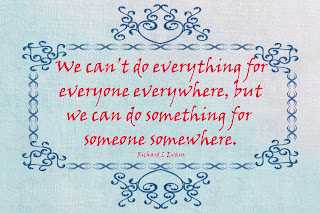Visiting Teaching, a Work of Salvation
Download the message in EnglishDownload the message in Chinese
Visiting
teaching gives women the opportunity to watch over, strengthen, and
teach one another—it is truly a work of salvation. Through visiting
teaching, sisters minister in behalf of the Savior and help prepare
women for the blessings of eternal life.
“We are ‘to warn, expound, exhort, and teach, and invite [others] to come unto Christ’ (D&C 20:59),
as the Lord said in his revelations,” said President Spencer W. Kimball
(1895–1985). Further, he said, “Your testimony is a terrific medium.”1
When
we as visiting teachers increase our knowledge of gospel truths, our
testimonies strengthen and support sisters who are preparing to be
baptized and confirmed. We help new members become anchored in the
gospel. Our visits and love help “win back those who have gone astray
[and] warm up the hearts of those who have grown cold in the gospel.”2 And we encourage sisters to come unto Christ through temple attendance.
“You
are going to save souls,” said President Kimball to visiting teachers,
“and who can tell but that many of the fine active people in the Church
today are active because you were in their homes and gave them a new
outlook, a new vision. You pulled back the curtain. You extended their
horizons. …
“You see, you are not only saving these sisters, but perhaps also their husbands and their homes.”3
From the Scriptures
Doctrine and Covenants 20:59; 84:106; 138:56
From Our History
When the Prophet Joseph Smith
organized the Relief Society, he said that the women were not only to
look after the poor but also to save souls. He also taught that women in
the Church play essential roles in Heavenly Father’s plan of salvation.4 Guided by the principles taught by the Prophet Joseph Smith, we as sisters in Relief Society can work together to prepare women and their families for God’s greatest blessings.
“Let
us have compassion upon each other,” said President Brigham Young
(1801–77), “and let [those who are] strong tenderly nurse the weak into
strength, and let those who can see guide the blind until they can see
the way for themselves.”5
For more information, go to reliefsociety.lds.org.
What Can I Do?
-
How does Relief Society prepare me for the blessings of eternal life?
- What can I do to increase the faith of those I watch over?
-
Spencer W. Kimball, in Daughters in My Kingdom: The History and Work of Relief Society (2011), 116.
-
Eliza R. Snow, in Daughters in My Kingdom, 83.
-
Spencer W. Kimball, in Daughters in My Kingdom, 117.
-
See Joseph Smith, in Daughters in My Kingdom, 171–72.
-
Brigham Young, in Daughters in My Kingdom, 107.
Notes
Suggested handout Download English file here
The file will download automatically and is 6x4 suitable for a photo print if you wish
Also available in Chinese Download Chinese file here





















